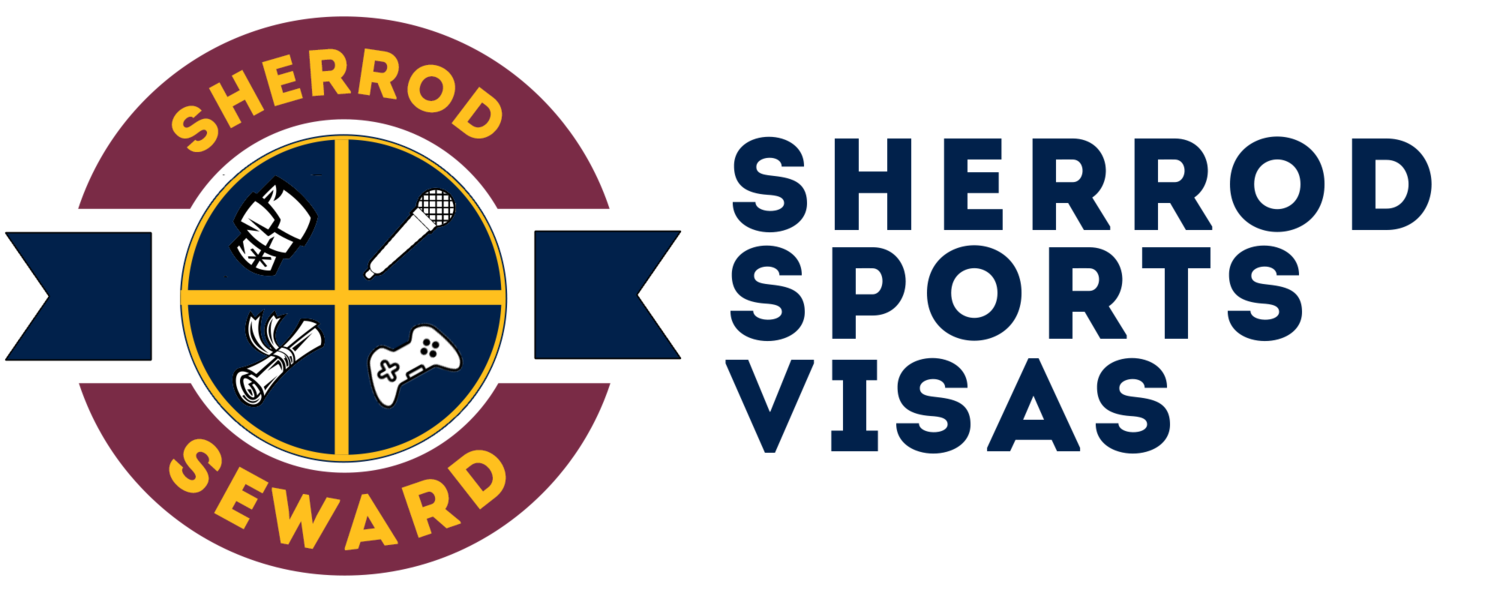International Player Rule - NBA - 4 Possible Visa Options
We receive many requests and questions regarding immigration support for international basketball players that are eventually seeking to play in the National Basketball Association and related leagues such as the G League. Most of the time, these players are looking to come to the United States to obtain as much exposure and training as possible with NBA teams and related facilities to improve NBA Draft likelihood and status. One of the most popular pathways for basketball players to obtain exposure in the United States is to play in an American High School or College.
The issue with this option is that most international basketball players want to keep their international player status in order to not be subject to the one year out of high school rule, especially if the international basketball player is still of High School age. In addition, international basketball players that compete in American colleges and/or High Schools are not able to participate in many activities that drive revenue such as getting paid to play or certain sponsorships. The definition of an international player is outlined in detail in the Collective Bargaining Agreement between the National Basketball Association and the National Basketball Association Player Association.
International players have special eligibility requirements to participate in the NBA Draft as an international player. Being classified as an international player enables he foreign prospect to not be subject to the one year out of high school rule.
NBAPA CBA International Player Provisions:
G) If the player is an “international player” (defined below), and notwithstanding anything contained in subsections (A) through (F) above: (1) The player is or will be twenty-two (22) years of age during the calendar year of the Draft; or (2) The player has signed a player contract with a “professional basketball team not in the NBA” (defined below) that is located in the United States, and has rendered services under such contract prior to the Draft; or (3) The player has expressed his desire to be selected in the Draft in a writing received by the NBA at least sixty (60) days prior to such Draft (an “Early Entry” player). Article X 275 (c) For purposes of this Article X, an “international player” is a player: (i) who has maintained a permanent residence outside of the United States for at least the three (3) years prior to the Draft, while participating in the game of basketball as an amateur or as a professional outside of the United States; (ii) who has never previously enrolled in a college or university in the United States; and (iii) who did not complete high school in the United States. (d) For purposes of this Article X, a “professional basketball team not in the NBA” means any team that pays money or compensation of any kind – in excess of a stipend for living expenses – to a basketball player for rendering services to such team.
The correct visa category for international basketball players to come to the United States really depends on the situation, ambitions, and resources of the athlete. It is very important to pick the correct category because performing prohibited activities on the wrong visa can lead to work authorization issues.
B-1 Visas are appropriate for athletes just coming to the United States to train or perform in exhibition matches for up to 6 months at a time. Getting paid for sponsorships or playing basketball is not permitted except for situations where only prize money is involved.
P-1 Visas are the most easy visas for international basketball players to be eligible for the P-1 visa, however they require a schedule of events that require the participation of international athletes. This typically does not involve high school or college games, this could possible include international team exhibitions, world class training competitions, special international contests, and NBA academy showcases.
O-1 Visas are reserved for athletes that have extraordinary accomplishments, which is the case for many top level prospects, and has more flexibility for work authorization. International Basket Players on O-1 visas can come to the United States to train, play professionally, perform sponsorship activations, appear in basketball related commercials and films, and perform many other tasks. In addition to the increased work authorization possibilities, these visas do not require a schedule of international level competitions in the United States
P-1s or O-2 Essential Support Staff - If an international basketball player is already connected with another athlete that currently holds a P-1 or an O-1 visa, there may be an opportunity to obtain a P-1s visa or O-2 essential support staff visa. This visa is initially good for 1 year and can be extended up to 10 years.
For further inquiries on the proper visas for international athletes, please contact our office by email at info@sherrodsportsvisas.com or by phone at 310-209-8545.
